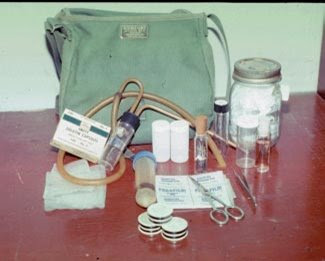
picture: Mr Johari Jalinas

Spreading boards
All insects preserved with the wings spread uniformly are set and dried in this position on spreading boards or blocks





























Cicada is an insect of the order Hemiptera, suborder Auchenorrhyncha, in the superfamily Cicadoidea.
Physical Appearance:
After mating, the female cuts slits into the bark of a twig, and into these she deposits her eggs. She may do so repeatedly, until she has laid several hundred eggs. When the eggs hatch, the newborn nymphs drop to the ground, where they burrow. Most cicadas go through a life cycle that lasts from two to five years. Some species have much longer life cycles up to 13-year life cycle depends on their species.
The insects spend most of the time that they are underground as nymphs at depths ranging from about 30 cm (1 ft ) up to 2.5 m (about 8½ ft). The nymphs feed on root juice and have strong front legs for digging.
In the final nymphal instar , they construct an exit tunnel to the surface and emerge. They then moult (shed their skins), on a nearby plant for the last time and emerge as adults. .















